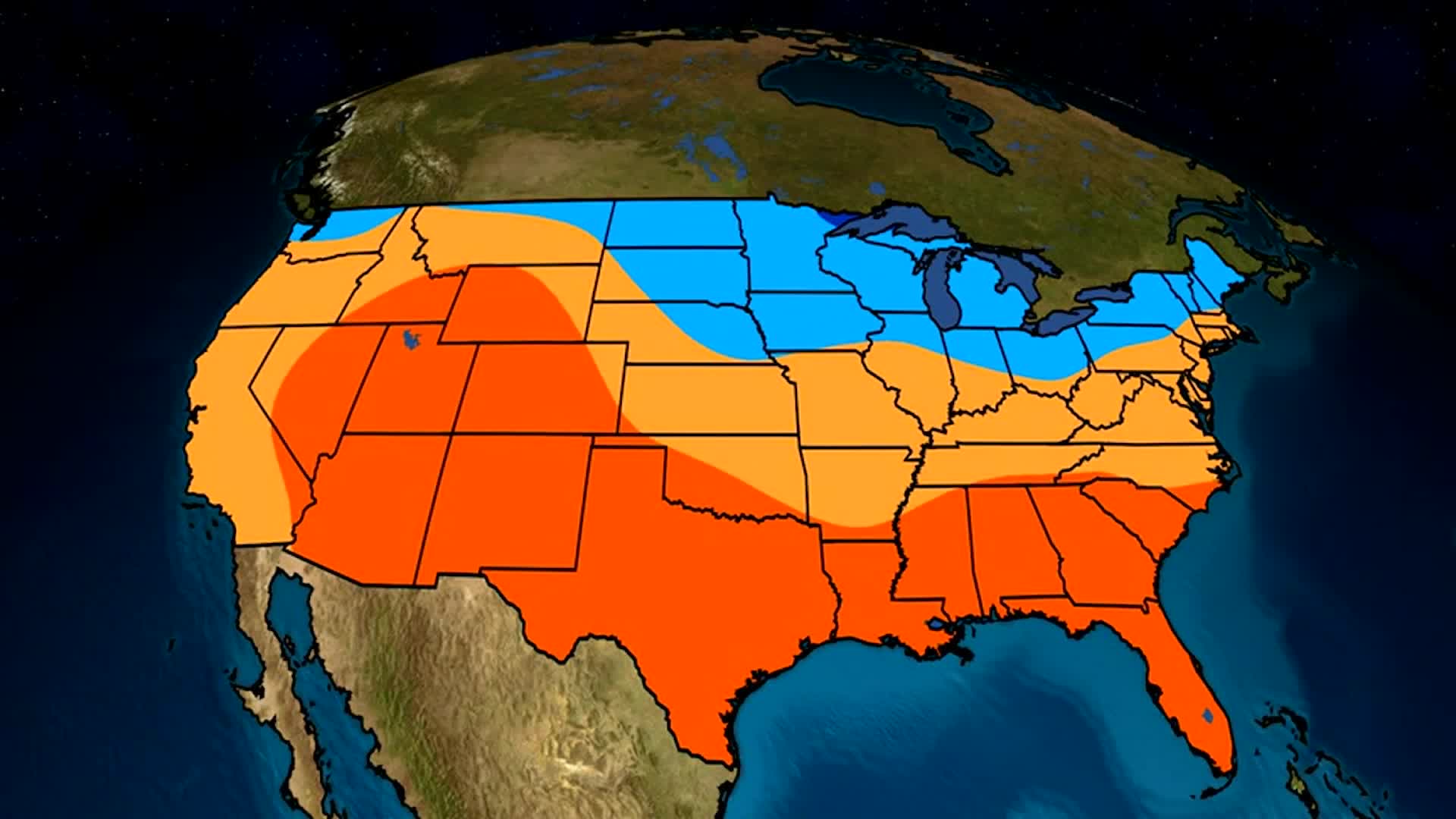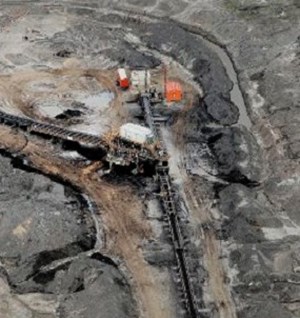Understanding Your Local Winter Weather Timeline

Table of Contents
Historical Weather Data: Your First Step
Understanding past winter weather patterns is key to predicting future ones. Analyzing historical data gives you a baseline to compare against current forecasts and helps you identify potential risks specific to your region. This forms the foundation of your personalized local winter weather timeline.
To access this vital information, utilize these online resources:
- National Weather Service (NWS) website: The NWS provides extensive historical weather data, including temperature, precipitation, snowfall, and more. You can often find detailed information for specific locations and dates.
- Local news weather reports (check archives): Many local news stations maintain online archives of their weather reports, offering a valuable local perspective on past winter weather events.
- Weather history websites and apps: Several reputable websites and apps, such as Weather Underground and AccuWeather, offer detailed historical weather information for various locations.
Analyze the data you gather to identify these key aspects of your local winter weather timeline:
- Identify typical first and last frost dates: This helps determine the timeframe when you need to protect sensitive plants and prepare your home for freezing temperatures.
- Note average snowfall amounts and the duration of snow cover: Understanding typical snowfall allows for better planning related to snow removal, vehicle preparedness, and potential travel disruptions.
- Look for patterns in severe weather events (ice storms, blizzards): Identifying historical patterns of severe weather helps you gauge the likelihood of these events occurring in a given winter and allows you to better prepare for them.
Seasonal Forecasts and Predictions
Long-range forecasts, while not precise, provide a general outlook on the upcoming winter season. They offer a broader context to complement your historical data analysis and refine your local winter weather timeline.
Several resources can help you access these seasonal forecasts:
- Farmer's Almanac: While not scientifically based, the Farmer's Almanac provides long-range predictions that some find useful for general planning. Remember, these are not precise forecasts.
- NOAA seasonal outlooks: The National Oceanic and Atmospheric Administration (NOAA) releases seasonal outlooks that offer probabilities of temperature and precipitation patterns.
- Local meteorological experts' predictions: Local meteorologists often provide insights based on regional factors, adding another layer to your understanding of the potential local winter weather timeline.
It's crucial to remember the limitations of long-range predictions. They provide a general idea of what the winter might hold (e.g., warmer than average, drier than average), not specific dates for snowstorms or extreme cold snaps. This general overview can help inform broader preparations within your local winter weather timeline.
Short-Term Weather Forecasts: Your Daily Guide
As winter approaches, pay close attention to daily and weekly forecasts to refine your preparedness. Short-term forecasts provide the most accurate and timely information for your immediate planning needs. This allows for fine-tuning your responses as part of your local winter weather timeline.
Utilize these resources for short-term forecasts:
- National Weather Service (NWS) mobile app and website: The NWS offers up-to-the-minute forecasts, warnings, and advisories.
- Reputable weather apps (e.g., AccuWeather, The Weather Channel): Many reliable weather apps provide detailed localized forecasts, often including interactive radar and satellite imagery.
- Local news channels and websites: Local news sources frequently provide detailed forecasts relevant to your specific region, including potential impacts.
Be aware of the different types of winter weather warnings and advisories:
- Winter Storm Watch: Conditions are favorable for a winter storm. Stay informed and prepare.
- Winter Storm Warning: A winter storm is imminent or occurring. Take action to protect yourself and your property.
- Blizzard Warning: Sustained winds of 35 mph or greater and considerable falling or blowing snow reducing visibility to less than a quarter mile for at least three hours are expected. This represents a severe weather event requiring significant preparedness.
- Ice Storm Warning: Significant accumulation of ice is expected, potentially leading to hazardous travel and power outages.
Preparing for Your Local Winter Weather Timeline
Develop a comprehensive winter preparedness plan based on your local winter weather timeline. This plan should include actions tailored to the typical winter weather events your area experiences.
Consider these aspects of your winter preparedness plan:
- Stocking emergency supplies: Keep a supply of non-perishable food, bottled water, medications, first-aid supplies, flashlights, batteries, and blankets.
- Winterizing your home: Ensure proper insulation, check your heating system, and prepare for potential power outages by having alternative heating sources.
- Preparing your vehicle: Winterize your car by changing to winter tires (if necessary), keeping your gas tank at least half full, and carrying an emergency kit including a shovel, ice scraper, blankets, and jumper cables.
- Planning for potential power outages: Identify alternative heating and cooking methods and consider a portable generator if needed.
Microclimates and Localized Impacts
Your specific location within your broader region can significantly influence your winter weather experience. These localized effects can alter your perceived local winter weather timeline.
Consider these factors that influence microclimates:
- Elevation: Higher elevations generally experience colder temperatures and more snow.
- Proximity to large bodies of water: Bodies of water can moderate temperatures, leading to less extreme cold or more snowfall depending on their size and location relative to your home.
- Urban heat island effect: Cities tend to be warmer than surrounding rural areas due to the heat generated by buildings and infrastructure.
Understanding how these factors modify your immediate surroundings is essential for refining your personal local winter weather timeline and ensuring you're adequately prepared for the specific conditions you're likely to encounter.
Conclusion
Understanding your local winter weather timeline is a crucial aspect of winter preparedness. By utilizing historical data, seasonal forecasts, and short-term predictions, you can better anticipate and prepare for the challenges of winter weather in your area. Remember to consult multiple reliable sources, and always stay informed about current weather conditions and warnings. Don't get caught off guard – develop your local winter weather timeline strategy today!

Featured Posts
-
 Car Accident Understanding The Importance Of Legal Counsel
Apr 25, 2025
Car Accident Understanding The Importance Of Legal Counsel
Apr 25, 2025 -
 How Puma Footwear Technology Is Revolutionizing Hyrox
Apr 25, 2025
How Puma Footwear Technology Is Revolutionizing Hyrox
Apr 25, 2025 -
 Metas Future Under A Trump Administration Zuckerbergs Challenges
Apr 25, 2025
Metas Future Under A Trump Administration Zuckerbergs Challenges
Apr 25, 2025 -
 German Wwii Event Russian Ambassadors Presence Fuels Tensions
Apr 25, 2025
German Wwii Event Russian Ambassadors Presence Fuels Tensions
Apr 25, 2025 -
 Lab Owner Pleads Guilty To Falsifying Covid Test Results
Apr 25, 2025
Lab Owner Pleads Guilty To Falsifying Covid Test Results
Apr 25, 2025
Latest Posts
-
 Suncors Record Production Inventory Buildup Impacts Sales Volumes
May 10, 2025
Suncors Record Production Inventory Buildup Impacts Sales Volumes
May 10, 2025 -
 Weight Loss Drug Surge Contributes To Weight Watchers Financial Troubles
May 10, 2025
Weight Loss Drug Surge Contributes To Weight Watchers Financial Troubles
May 10, 2025 -
 Focus On De Escalation Key Developments In U S China Trade Talks
May 10, 2025
Focus On De Escalation Key Developments In U S China Trade Talks
May 10, 2025 -
 Suncor Production Record High Output Sales Slowdown Due To Inventory
May 10, 2025
Suncor Production Record High Output Sales Slowdown Due To Inventory
May 10, 2025 -
 U S Federal Reserve Holds Steady Rate Decision Amidst Economic Pressures
May 10, 2025
U S Federal Reserve Holds Steady Rate Decision Amidst Economic Pressures
May 10, 2025
